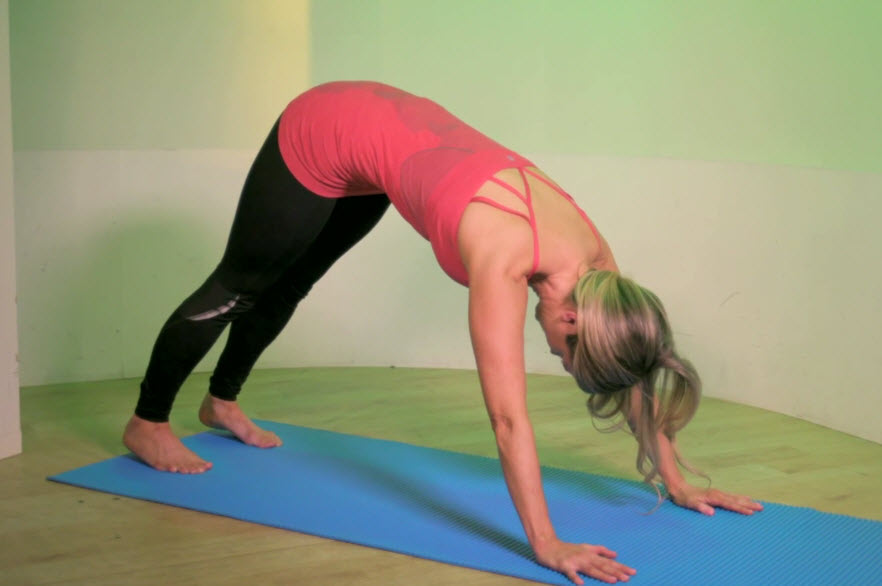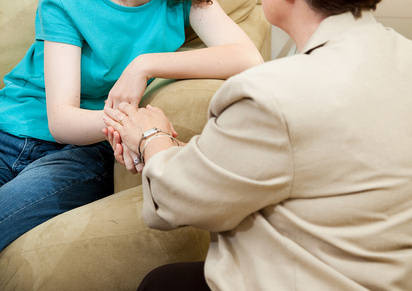Forget resting if you have a painful condition like back pain. Lying in bed for long periods may actually make the pain last longer, because inactivity makes you stiffen up, your muscles and bones get weaker, you don’t sleep well, you become lonely and depressed, and the pain feels worse.
You’ll also find that it becomes harder and harder to get going again.
A better approach to reducing pain is a combination of exercise, staying at work, physical therapy and painkillers.
Exercise to beat pain
Choose an exercise that won’t put too much strain on yourself. Good options include:
- walking
- swimming
- exercise bike
- dance/yoga/pilates
- most daily activities and hobbies
Activity and stretching needs to become part of your lifestyle so you routinely do exercise little and often.
Try to be active every day, instead of only on the good days when you’re not in so much pain. This may reduce the number of bad days you have and help you feel more in control.
But try and avoid what is called the “boom and bust” cycle, where you overdo it on good days and then pay for this by having more and more bad days.
Try these flexibility exercises and sitting exercises that you can do at home.
Read the NHS Choices beginner’s guide to swimming and beginner’s guide to dancing.
Go to work despite the pain
It’s important to try to stay in work even though you’re in pain. Research shows that people become less active and more depressed when they don’t work.
Being at work will distract you from the pain and won’t make your pain worse.
If you have a heavy job, you may need some help from colleagues. Talk to your supervisor or boss about the parts of your job that may be difficult to begin with, but stress that you want to be at work.
If you have to stay off work for a while, try to get back as soon as possible. If you’ve been off work for four to six weeks, plan with your doctor, therapist or employer how and when you can return.
You could go back to work gradually; this is called a “graded return”. For instance, you might start with one day a week and gradually increase the time you spend at work.
You could also agree changes to your job or pattern of work, if it helps – a health and safety rep or occupational health department may be useful here.
Physical therapy for pain
Pain experts often recommend a short course of physical therapy. This helps you to move better, relieves your pain, and makes daily tasks and activities, such as walking, going up stairs, or getting in and out of bed, easier.
Physical therapy for persistent pain can involve manipulation, stretching exercises and pain relief exercises.
It’s usually delivered by an osteopath, chiropractor or a physiotherapist. Acupuncture is also offered across the UK by some healthcare providers, including physiotherapists, especially for back pain and neck pain.
Physiotherapists can give you advice on the right type of exercise and activity. Occupational therapists can support you with environmental changes that can help you remain in work and function better at home.
If you have physical therapy, you should begin to feel the benefits after a few sessions.
Your GP may be able to refer you for physical therapy on the NHS, though in some areas physical therapy is only available privately. In some areas, there is direct access to NHS physiotherapy without the need for a GP referral.
Find physiotherapy services in your area.
Your GP can also refer you for exercise on referral classes, and some centres have specific classes for low back pain.
Online help for pain
There’s a lot of online information if you’re living with pain.
General pain websites
Websites relating to specific conditions
Self help tips
The Pain Toolkit is a collection of helpful tips and strategies for persistent pain put together by a fellow sufferer:
Meditation for pain
This 20 minute guided meditation course from Meditainment is easy-to-follow, free and proven to help people cope with chronic pain.
It’s part of the Pathway through Pain online course which is provided by the NHS in some areas for people with persistent pain. Ask your GP or pain specialist how to access the course.




